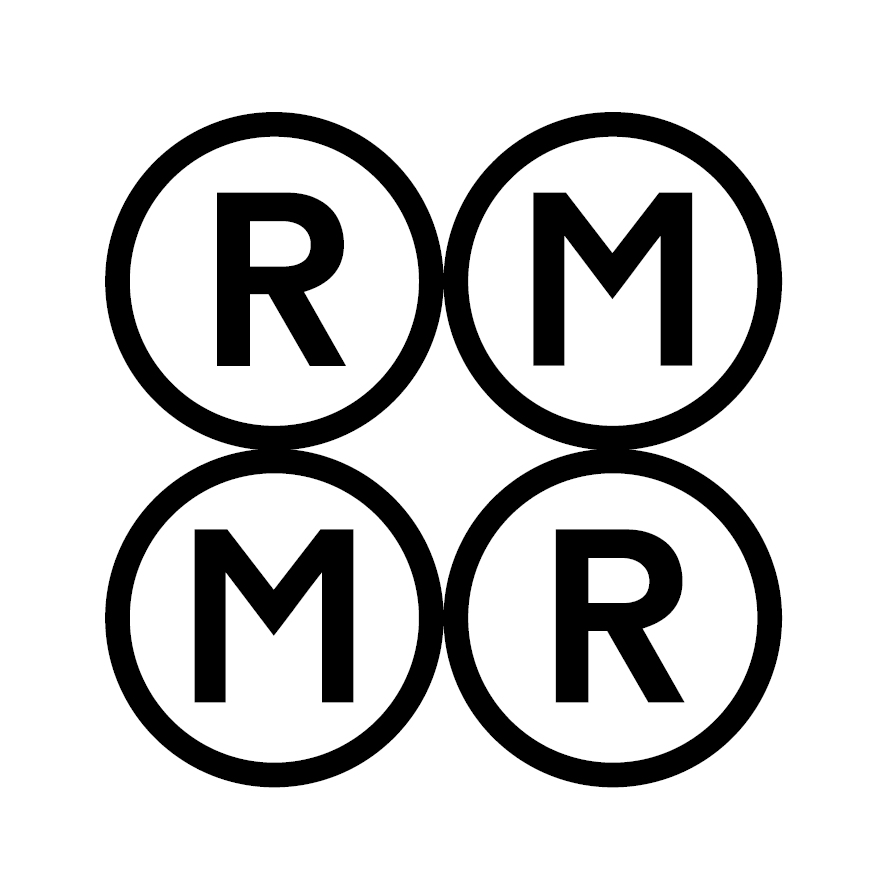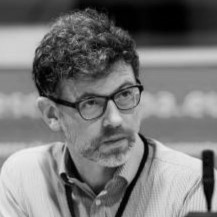Cillian Lohan is Rapporteur of the European Economic and Social Committee (EESC) for the circular economy. His fundamental conviction that sustainable and resource efficient business models will eventually out-perform and replace ones that are exclusively profit-driven, make him a self-proclaimed “reluctant environmentalist.”
Everybody is asking: can the circular economy save the jobs destroyed by Industry 4.0(1)?
“There are going to be a number of stages of progression as we move to a circular economy. At the moment I feel that we are very much at stage one: which is actually job opportunities and supporting re-industrialisation of Europe, which in turn creates opportunities for employment in geographical locations that perhaps have experienced decreasing employment rates over the last 50 or 60 years. Undoubtedly, if we move away from the linear model, then there will certainly be an initial phase of job losses in the extractive industries.”
Aside from the extractive industries, what other sectors might be affected?
“This will depend on how the principles of the circular economy are applied. I think the implementation of the strategy that was put forward by the European Commission is actually a job creation strategy, thus generating more opportunities, particularly within the resource management sector and within the waste management sector. Ultimately, in terms of losses if we have an economy that is based on reusing raw materials (and hence using secondary raw materials) then job losses will be focused in those areas where labour is involved with virgin raw materials.
On a macro scale, most of those jobs will then be compensated for with job creation in the area of secondary raw materials. However, obviously this will not occur immediately. It brings us to the problem that although labour may be replaced in terms of numbers, it doesn’t necessarily mean that the same people who lost their jobs will then be qualified for the new jobs that are created. This is probably one of the biggest initial challenges: to ensure that the transition is managed with the proper supports for training, social welfare programmes and benefits, so as to offer support during the transition phase.”
Is the EU preparing member states with adequate tools and skills with which to face this transition?
“The EESC has researched this and included the results in all of its advisory opinions. We have agreed during plenary sessions that one of the most important aspects is retraining and providing education for the next generation. From the earliest stage in primary schools right up to university, but also in retraining within the workplace. So one of our priorities has been to say to the relevant EU institutions: we need to identify very clearly where the most pressure will come from in terms of job losses and then provide training for the people who are employed in those particular areas so that they can then transition to new jobs. This is a message that as representatives of organised civil society we constantly get from our committee. From the Commission’s point of view, they have acknowledged that training is important and even in part of their monitoring of the implementation of the Circular Economy Package they have included the importance of actually monitoring training.”
How important will it be to support social welfare programmes that address the transformation of the job market by both retraining workers and supporting them in the transition?
“Within our committee we’ve done some work on social welfare reform and ensuring that we keep using this phrase ‘a just transition,’ so that the most vulnerable in society are assisted in making the transition. In terms of policy, I feel that it is probably an issue of national competency and that it would be very hard for European institutions to dictate to member states how they should structure their social welfare. Furthermore, I don’t think job loss is going to be a critical aspect for the initial implementation of the 100 plus actions that are specified in the Circular Economy Action Plan and the different strategies of promotion, including most recently the plastics strategy. All of these can be fully implemented without major negative impacts on jobs as they are just the very first stage of changes in behavioural patterns. In fact, many of the first stages for the transition to the circular economy have a greater impact on third world countries, the raw materials that we’re importing and the waste that we are exporting, rather than anything within the EU. To the contrary it’s actually a case of job opportunities being created, especially if we’re looking to create a secondary raw materials market. Rather than supporting social welfare, I think it is necessary to invest in sectors so that they become proficient in managing secondary raw materials and creating a market for them. These are the things that would actually create real opportunities. Furthermore, investment in training and education must also include investment in universities, hence contributing to innovation and research in the technologies that can drive this transition and provide substantial medium term opportunities.”
In terms of new professions that are needed, such as logistics experts and waste managers, what new roles will we see emerging in relation to the circular economy?
“First of all I think there’s a danger, especially within larger companies, that we may start to see a ‘circular economy manager’ or a ‘circular economy officer.’ This would be a problem because it creates a separate and specialised unit, whereas the ambition is to integrate circular thinking into the entire company and all of its actions. I think it’s the purchasers and the account managers that are really the critical people that need to be part of the conversation, rather than just the PR people or those who are tailoring the company’s image. Unfortunately, and especially in the initial phase, I see money in industry moving towards trying to understand what circularity means and then using it as a cookie term for publicity benefits and claiming ‘circularity.’ In the longer term, the jobs and the new rules will be focused in resource efficiency and managers within organisations, but particularly in ecodesign.”
Designing products but also designing services...
“Yes, exactly. To design the business model whereby products are used as a service. This implies the actual physical design of a product, but certainly also how a company is structured in order to move that product and its component parts into the marketplace and how the raw materials contained within that product are retrieved. The circular model, that we constantly try to push for in the Committee, is based on the idea that: the product is out in the marketplace and functioning and once its function comes to an end (for whatever reason: either it breaks, or parts become obsolete, or if it’s just because the user decides to upgrade to a different product or a product goes out of fashion), that either the manufacturer or the distributor somewhere further up the production chain can retrieve the component parts of that product as part of the secondary raw materials industry. This is precisely where the new jobs and the new opportunities are to be found, jobs that are dedicated to ensuring that materials, which were destined to become what we would traditionally call waste, can actually be retrieved. The ecodesign element involves making it economically feasible, and even advantageous, for companies to retrieve the component parts of a product that no longer works. I guess that is where the circular product and circular services interact with each other. Without the ecodesign of products, changing the service model or moving from a selling of goods to a selling of services doesn’t work. We must have ecodesign from the very start of the productive process.”
In terms of investment are we seeing major financial institutions moving in this direction?
“Yes, the European Circular Economy Stakeholder Platform website that was set up between the EESC and the European Commission, contains a number of different industries and different businesses that are investing strongly in the circular economy and are trying to leverage the funds that are part of the Junker fund aimed at helping the transition. Therefore, there is a vibrant public and private partnership that is involved in investing in and moving towards circular models. Certainly, we’re seeing this within a wide range of industries and we’ve actually captured many of these examples on the Circular Economy Stakeholder Platform website, which is an interactive platform that allows you to look at specific examples within different sectors.”
European Economic and Social Committee, www.eesc.europa.eu
European Circular Economy Stakeholder Platform, circulareconomy.europa.eu/platform/en



